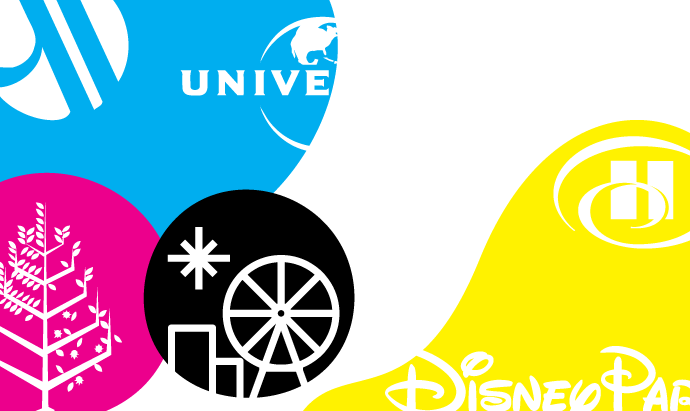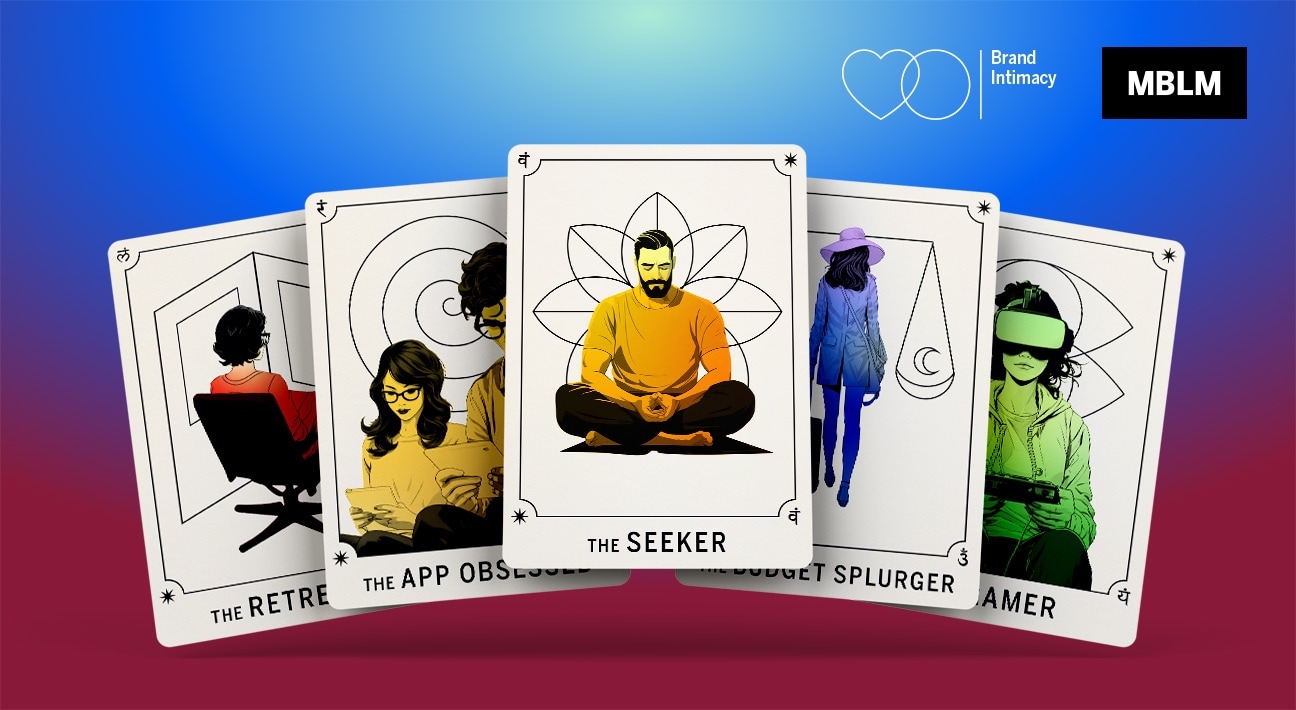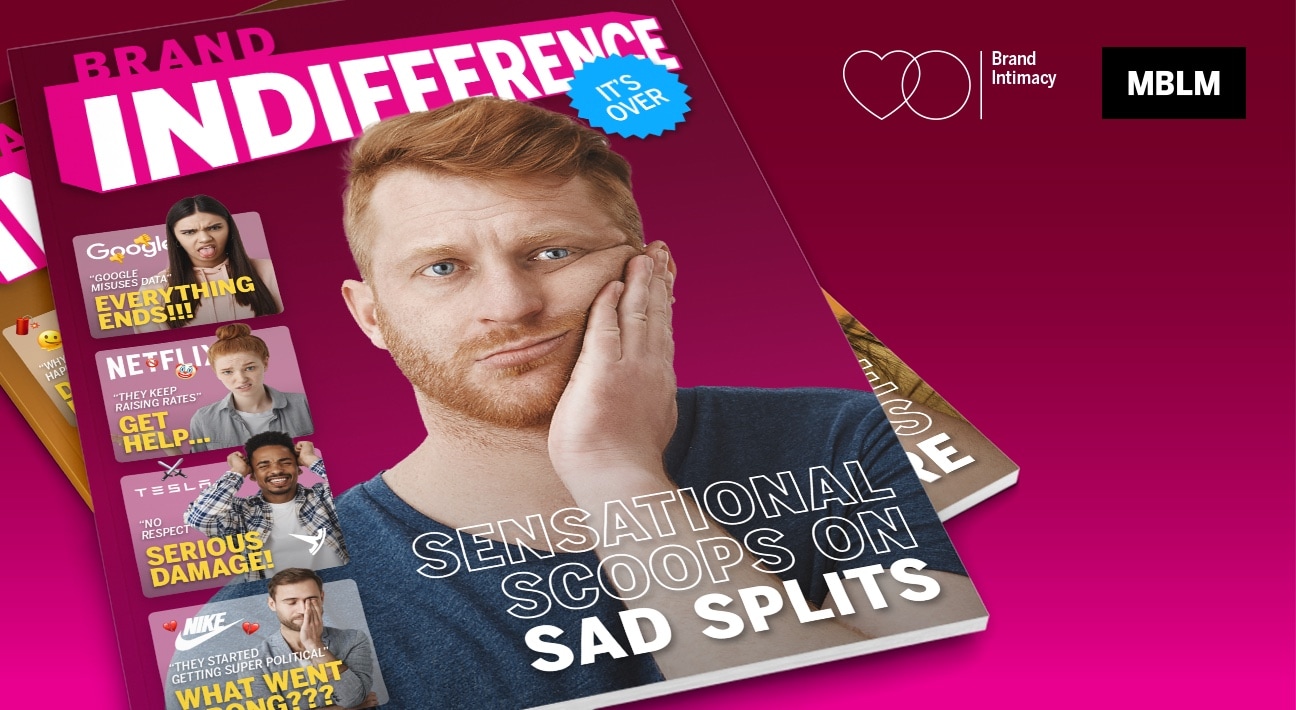Hospitality & Theme Parks Industry Dropped Two Spots in MBLM’s Brand Intimacy 2019 Study

The hospitality & theme parks industry ranked 12th out of the 15 studied in MBLM’s Brand Intimacy 2019 Study, which is the largest study of brands based on emotions, falling two spots since 2018. Disney Parks dominated the industry, followed by Hilton and Universal Theme Parks. The remaining brands in the Top 10 for the hospitality & theme parks industry were: Marriott, Four Seasons, Holiday Inn, Ritz Carlton, Hyatt, Sheraton and Days Inn.
Brand Intimacy is defined as the emotional science that measures the bonds we form with the brands we use and love. Top intimate brands in the U.S. continued to significantly outperform the top brands in the Fortune 500 and S&P indices in both revenue and profit over the past 10 years, according to the Brand Intimacy 2019 Study.
“Beyond theme parks, the industry continues to struggle to build strong emotional connections with consumers,” stated Mario Natarelli, managing partner, MBLM. “Disney Parks is an example of a brand that works to create emotional bonds beyond the commoditized approach many take today, focusing on the experiential, affinity programs and amenities. We firmly believe the industry is underperforming and has an opportunity to leverage strategies and tactics around building stronger bonds with customers to increase its Brand Intimacy.”
Other significant hospitality & theme parks industry findings include:
- The gap between the #1 and #2 brand in the industry was larger than in any other: Disney Parks had a Brand Intimacy Quotient of 58.4, while Hilton’s score was 34.2
- Disney Parks was the #1 brand for both women and men
- Disney Parks was also #1 for millennials, users over 35, and users with incomes both under and over $100,000
In addition to the findings, MBLM released an article examining why Disney Parks performed so well in its study. The piece, “Making Sense of the Magic of Disney Parks,” explores Disney Parks’ tie to the #1 overall brand, Disney, and how Disney Parks is able to appeal across age groups and gender to create strong bonds.
The Brand Intimacy 2019 Study contains the most comprehensive rankings of brands based on emotion, analyzing the responses of 6,200 consumers and 56,000 brand evaluations across 15 industries in the U.S., Mexico and UAE. MBLM’s reports and interactive Data Dashboard, which features a brand ranking tool, showcase the performance of almost 400 brands, revealing the characteristics and intensity of the consumer bonds.
To view hospitality & theme parks industry findings, please click here. MBLM also hosted a webinar on the industry, a recording of it can be found here. To download the full Brand Intimacy 2019 Study or explore the Data Dashboard click here.
Methodology
During 2018, MBLM with Praxis Research Partners conducted an online quantitative survey among 6,200 consumers in the U.S. (3,000), Mexico (2,000), and the United Arab Emirates (1,200). Participants were respondents who were screened for age (18 to 64 years of age) and annual household income ($35,000 or more) in the U.S. and socioeconomic levels in Mexico and the UAE (A, B and C socioeconomic levels). Quotas were established to ensure that the sample mirrored census data for age, gender, income/socioeconomic level, and region. The survey was designed primarily to understand the extent to which consumers have relationships with brands and the strength of those relationships from fairly detached to highly intimate. It is important to note that this research provides more than a mere ranking of brand performance and was specifically designed to provide prescriptive guidance to marketers. We modeled data from over 6,200 interviews and approximately 56,000 brand evaluations to quantify the mechanisms that drive intimacy. Through factor analysis, structural equation modeling, and other sophisticated analytic techniques, the research allows marketers to better understand which levers need to be pulled to build intimacy between their brand and consumers. Thus, marketers will understand not only where their brand falls in the hierarchy of performance but also how to strengthen performance in the future.
To read a more detailed description of MBLM’s approach, visit its Methodology page.

